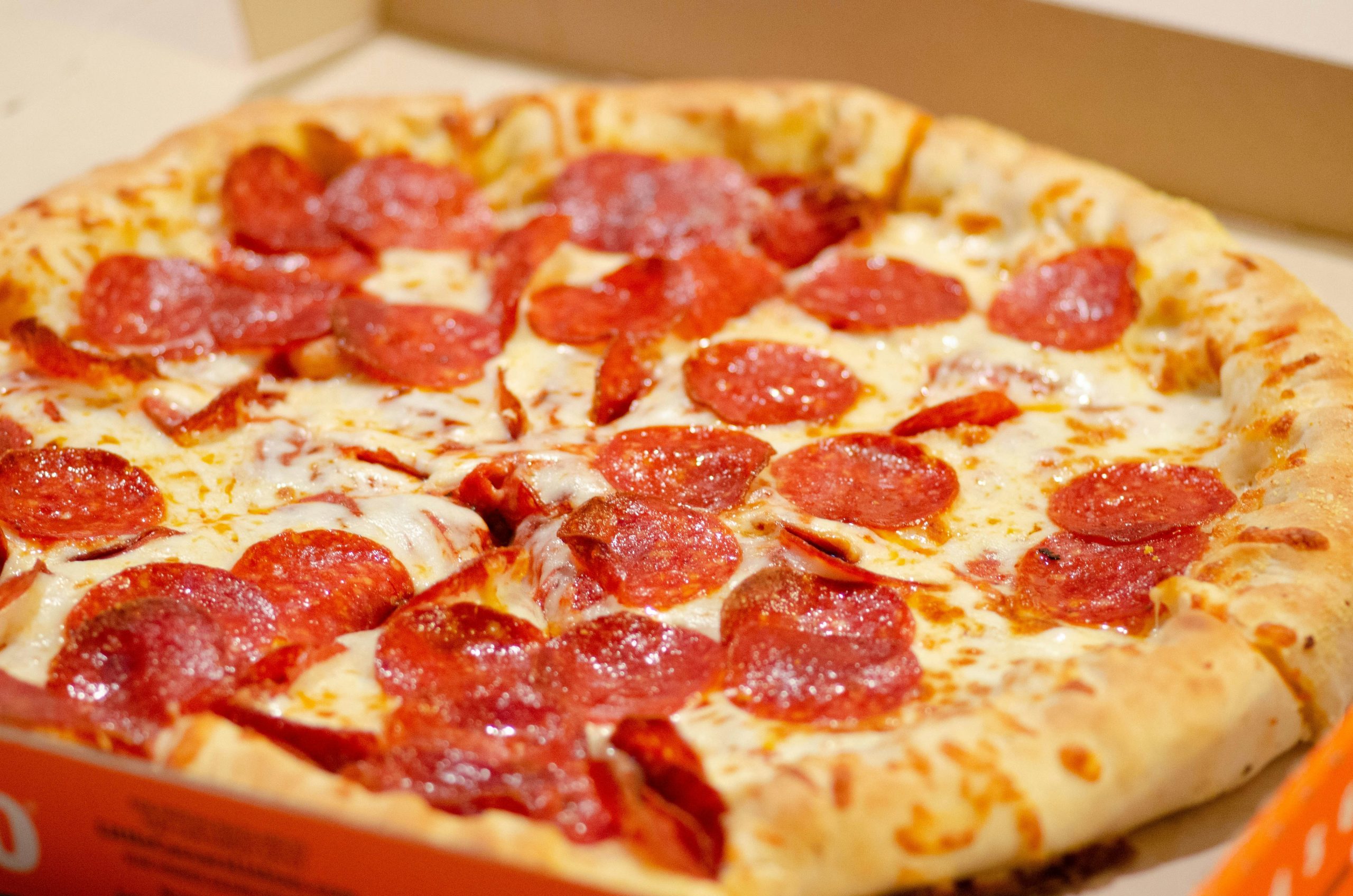Third of Fast Food Meals Double Recommended Calorie Count

One in three meals bought from fast food outlets contain 1300 kcal or more – more than double the calories recommended for a meal, new analysis from innovation charity Nesta reveals.
Nesta’s analysis is a first of its kind look at the meals people purchase from the out-of-home (OOH) sector across Great Britain. ‘Out of home’ means any prepared food or drink purchased for immediate consumption.
A fifth of all out-of-home meals bought – whether from fast food outlets, restaurants, cafes or retail sandwich counters – contain at least 1300 kcal. Three-fifths exceed the recommended level of 600 kcals per meal, including purchases from supermarkets such as meal deals that have an average calorie content of 730 kcal. Across the UK, two-thirds of all adults are living with excess weight.
Lauren Bowes Byatt, Deputy Director of Nesta’s health team, said: “The takeaways, cafes, restaurants and bakeries in our neighbourhoods and high streets are hugely important parts of our communities – they are the places we go for a quick bite on the go or to spend time with friends and family. But our analysis shows the majority of meals are more calorific than the recommended amount needed per meal to stay healthy.
“That includes some supermarket sandwich meal deals and, perhaps less surprisingly, takeaway meals like pizzas. With fast food the worst offender, many of the meals come in at over double the recommended amount of calories. Some meals contain more calories than our recommended allowance for a whole day.
“This could be making a real contribution to rising obesity rates, which have doubled since the early 1990s and is now one of the top causes of ill health in Britain. We need action if we are to turn the tide and improve the nation’s health.”
Pizzas have the highest calorie content on average, with some containing almost all of the recommended daily allowance. Sandwiches and wraps from retail shops, including supermarkets, are purchased the most often and so contribute the most calories to our diets in total – contributing 11% of all calories purchased in the sector, while pizzas contribute 7.5%.
Read the text-based description of this image
The out-of-home sector that the analysis looks at is frequently used by a large amount of the British population, with the numbers of people eating convenience, takeaways and restaurant meals also rising in recent years. Previous research shows the total out of home food and drink market in Great Britain has a value of £43.8 billion and grew 23.1% compared to 2020.
Approximately 60% of the population purchase OOH meals at least once a week and 11% – around 7 million – use it, on average, once a day, according to Nesta’s analysis. The research also shows that on average people living with excess weight purchase a greater proportion of calories from fast food outlets than people with a healthy weight.
The average calories purchased per trip is 1072 kcal while common meal purchases from fast food outlets have an average calorie content of 1121 kcal with nearly one-third of meals exceeding 1300 kcal. It is recommended by the NHS that adults have between 2,000 and 2,500 kcals per day to maintain a healthy weight.
Nesta analysis shows that fast food outlets (both brand chains and independent takeaways) and food-to-go from supermarkets make up over half the total number of calories purchased out-of-the home.
Lauren Bowes Byatt, Deputy Director of Nesta’s health team, said: “To improve our health, we need to make it easier to enjoy healthier food from these businesses. Research and data on the out-of-home eating sector has been limited, making it difficult for policymakers to take action.
“Many current regulations designed to make food and drink healthier have focussed on retailers or manufacturers, and don’t apply to the food we purchase on the go at cafes and sandwich counters or order from takeaways.
“Our research helps to unearth the impact that eating out is having on the nation’s diets. We need to see new policies targeted at the out-of-home sector that make a meaningful difference to the excess calories we consume. Our work suggests this is possible without reducing the joy we take from food.”

